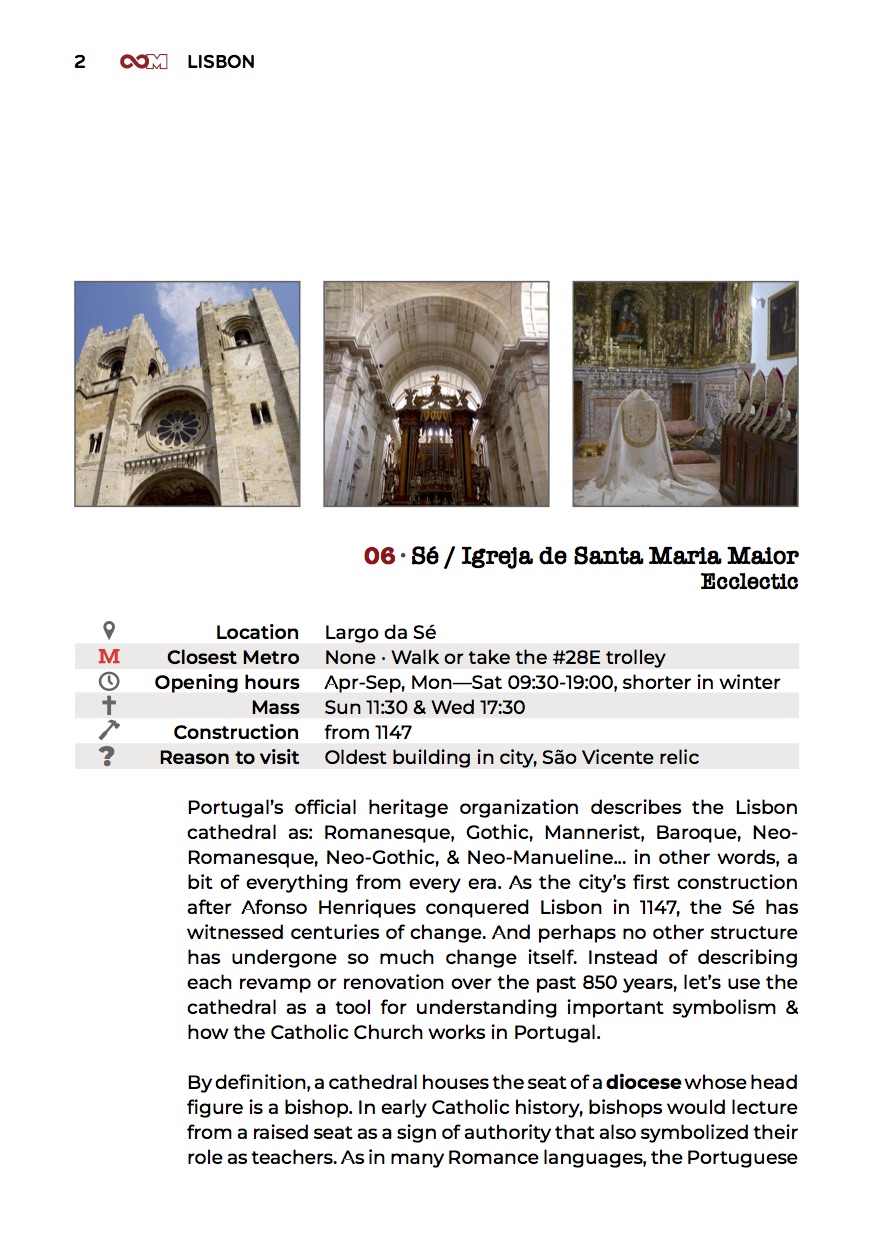
Officially known as Igreja de Santa Maria Maior, the Lisbon cathedral stands out unmistakably above the city’s pastel skyline. More like a fortification than a place of worship, its bell towers seem anchored in a long-distant past. The following text is what you’d read if I had kept this listing in the latest update of my Catholic Heritage guide, but unfortunately it didn’t make the cut. You’ll understand why…
- Location: Largo da Sé
- Closest Metro: None · Walk or take the #28E trolley
- Opening hours: Apr-Sep, Mon—Sat 09:30-19:00, shorter hours in winter (5€)
- Mass: Sun 11:30 & Wed 17:30
- Construction: from 1147
- Reason to visit: Oldest building in the city, São Vicente relic
Portugal’s official heritage organization describes the Lisbon cathedral as: Romanesque, Gothic, Mannerist, Baroque, Neo-Romanesque, Neo-Gothic, & Neo-Manueline… in other words, a bit of everything from every era. As the city’s first construction after Afonso Henriques conquered Lisbon in 1147, the Sé has witnessed centuries of change. And perhaps no other structure has undergone so much change itself. Instead of describing each revamp or renovation over the past 850 years, let’s use the cathedral as a tool for understanding important symbolism & how the Catholic Church works in Portugal.
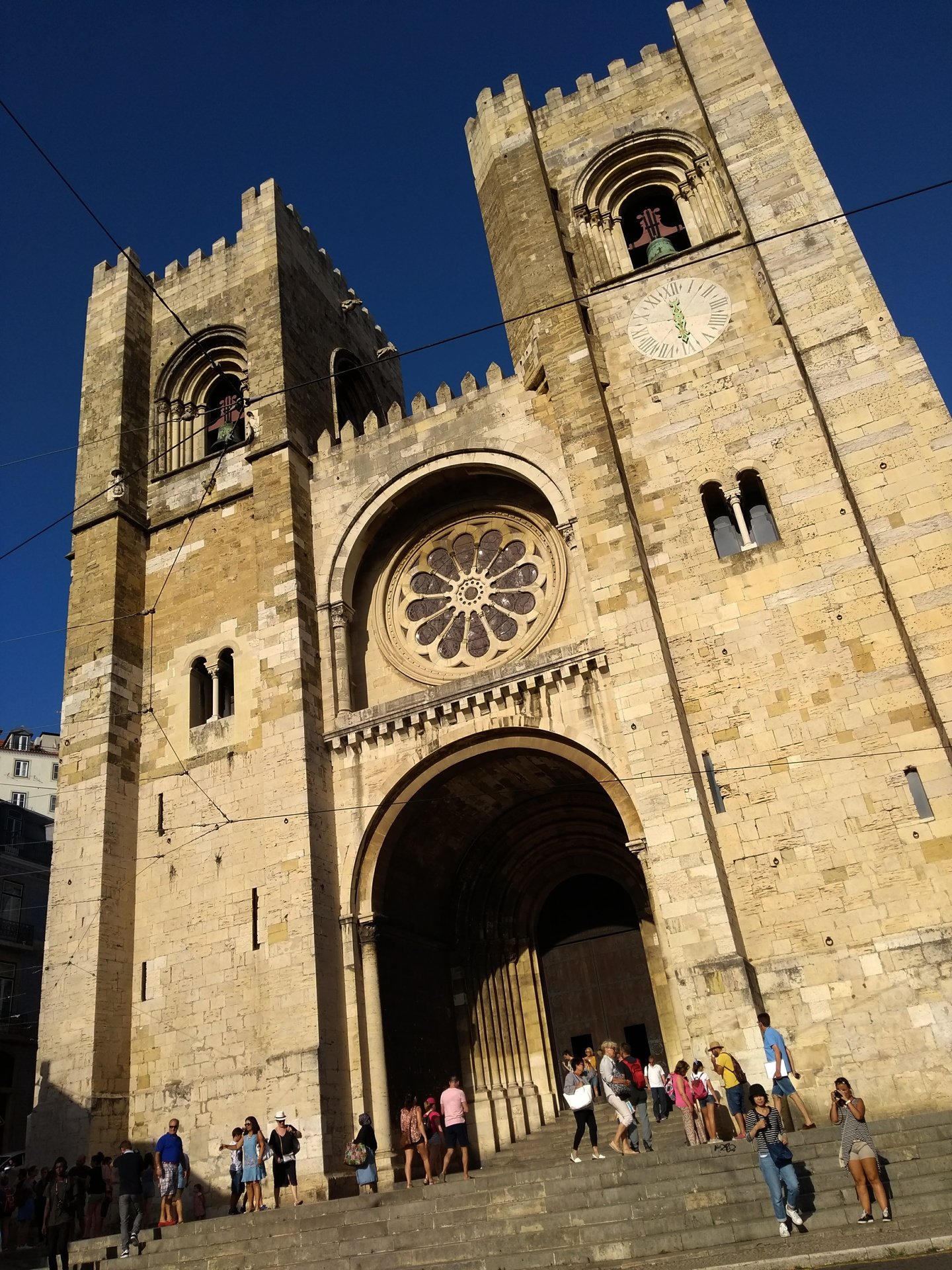
By definition, a cathedral houses the seat of a diocese whose head figure is a bishop. In early Catholic history, bishops would lecture from a raised seat as a sign of authority that also symbolized their role as teachers. As in many Romance languages, the Portuguese word for cathedral (Sé) derives from the Latin term for “seat”: sēdēs. Lisbon’s first bishop after establishing the diocese was an English monk, Gilbert of Hastings, who fought against the Moors alongside Afonso Henriques.
During Lisbon’s early years, a cabido (administrative body) had to be established in order for the cathedral to remain separate from older dioceses in northern Portugal. And because of its relative newness, Lisbon’s clergy could never compete with those of older cities. However, Lisbon had the advantage of location. At an important crossroads between Mediterranean & northern Europe trade routes, Lisbon possessed an economic power greater than older churches in Braga, Porto & Coimbra. This important difference made Lisbon a perfect launch pad for church officials… beginning a career in Lisbon, then moving to an older & more politically influential city later.
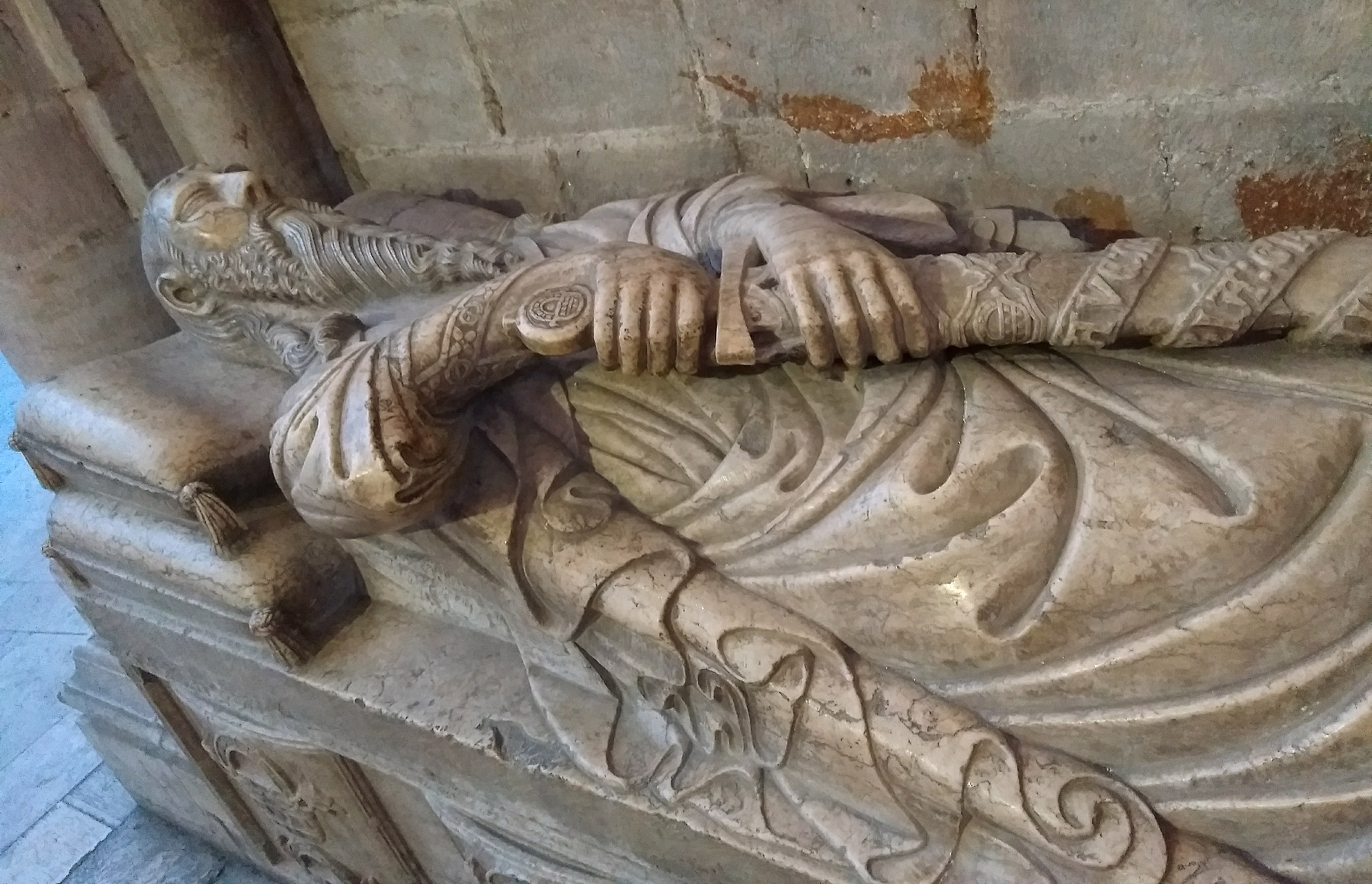
The cathedral would become a burial place for Portuguese royalty but only for a short time in the early 1300s. Afonso IV & his wife Beatriz were buried here, & perhaps this led to its designation as an archbishopric in 1394 by Pope Boniface IX. Lisbon finally achieved the same status as Braga & Évora! For such a small country in terms of area & population, Portugal still maintains those three cities as archbishoprics. Later royal dynasties chose other locations for their official pantheon, often based on important historical events during their reign.
Naturally the 1755 earthquake affected the cathedral but not like other churches. Part of the southern bell tower collapsed as did part of the main altar. Damage from the raging fire afterwards was confined to the largely wooden cloister. As with every other church in the city, planners incorporated lots of Baroque into the cathedral’s restoration. However, in the 20th century, leading architects questioned the fate of the Sé: remove Baroque embellishments & return to a more medieval look, or clean & repair the building as it stood?
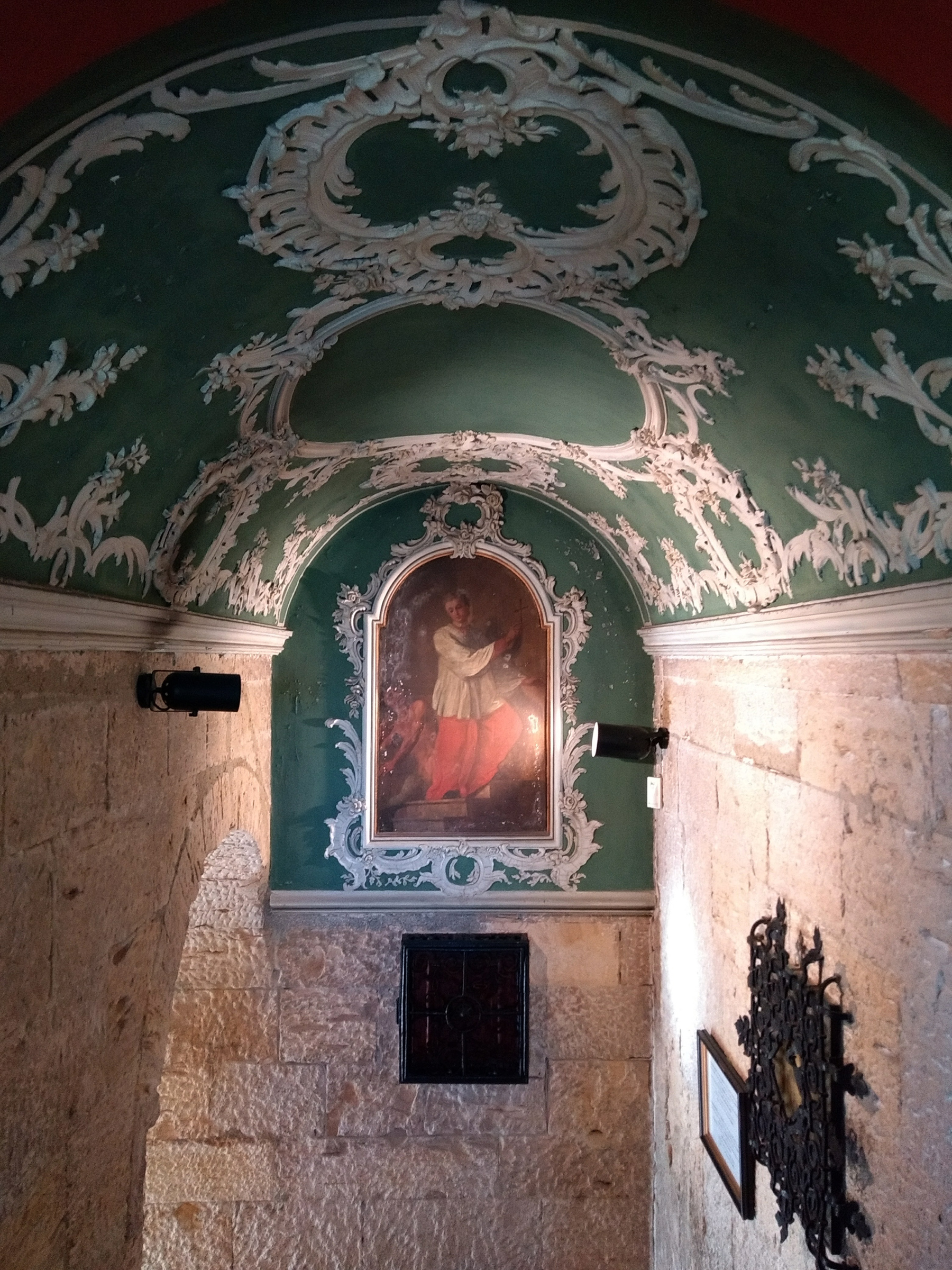
In the end, most Baroque additions were removed in favor of an updated, fortified appearance. Public works today often restore the original, but redesign was common during the Salazar years… which makes the anachronistic cathedral a bit difficult to appreciate today. Paintings located inside the privately purchased & decorated chapel of São Bartolomeu M underwent restoration in the year 2000. Later, the National Tile Museum also helped restore & replace tiles in the chapel of Jesus da Boa Sentença H. And archaeologists continue to excavate the interior of the cloister where they have found remnants of every period of Lisbon’s history, including a Roman road. Stop & read the English-language infopanels P which describe each historical layer the cathedral has been built upon.
Remember that the sacristy displays a few remains of Lisbon’s patron saint, São Vicente + an incredibly decked-out monstrance for the Eucharist. (Note: I discuss both São Vicente & Santo António in the guide’s introductory text.)
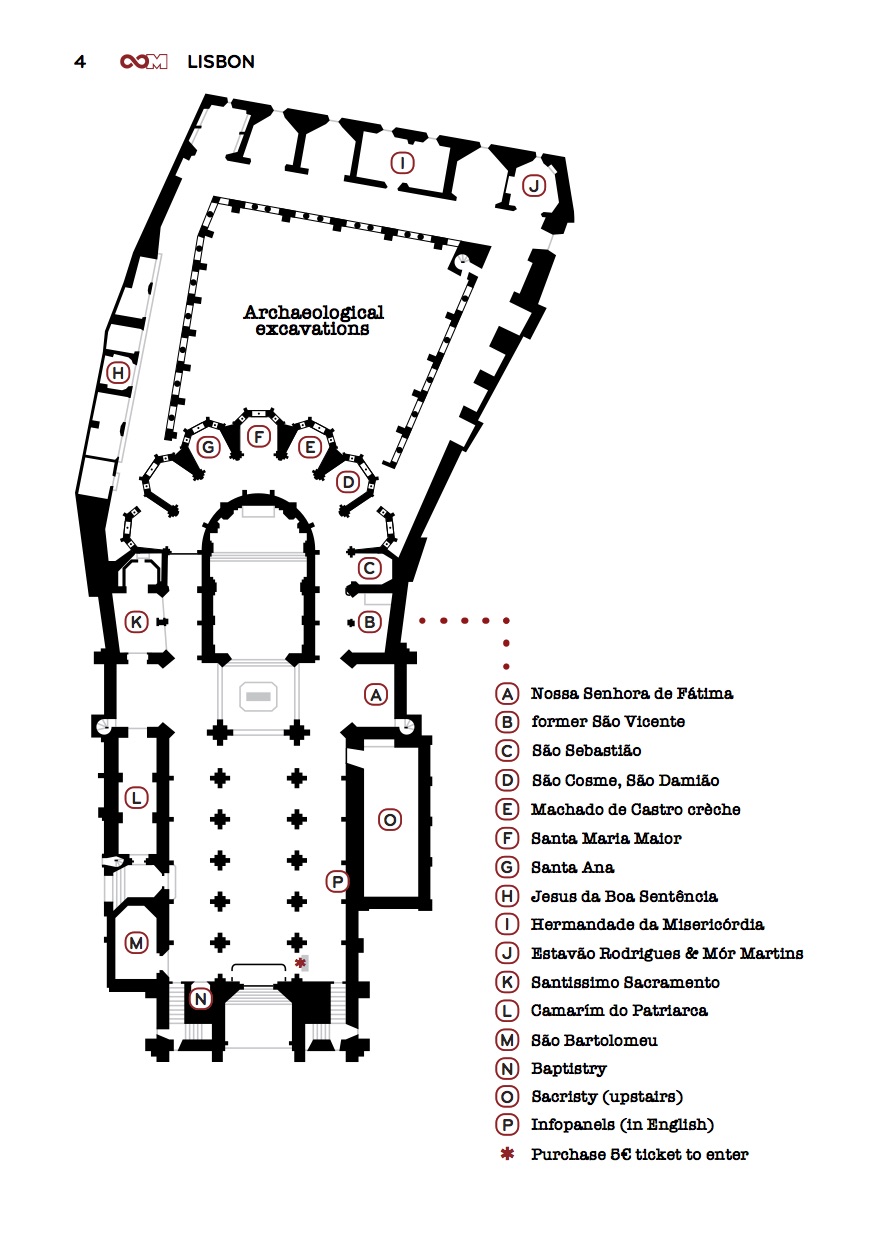
Rooms marked on the map indicate some of the more unique sections of the cathedral:
B marks the original location of St. Vincent’s relics. C is of note for its small tomb of Lisbon’s first archbishop. More interesting tombs decorate D, while a crèche scene by Baroque sculptor Machado de Castro sits behind glass at E… an intriguing piece, but we’ll learn more about this artist at the Basílica da Estrela #08. A rare piece of Romanesque ironwork adorns the chapel at F, & G contains another beautiful royal tomb.
H displays that recently restored tilework already mentioned, while the room at I housed the very first brotherhood of Mercy, founded in 1498 & later moved to Conceição Velha #03… then moved again to São Roque #05! Observe the white, green & terracotta floor tiles in J, typical of medieval Europe but few of which exist today in Portugal. Although less decorative than the Palais du Pape in Avignon, it’s remarkable that they are still in place here.
A private room for the archbishop can be found at L & finally M contains the tomb of Bartolomeu Joanes, an important merchant who funded the construction of this room. Due to his namesake, paintings which depict the martyrdom of St. Bartholomew hang opposite the tomb.
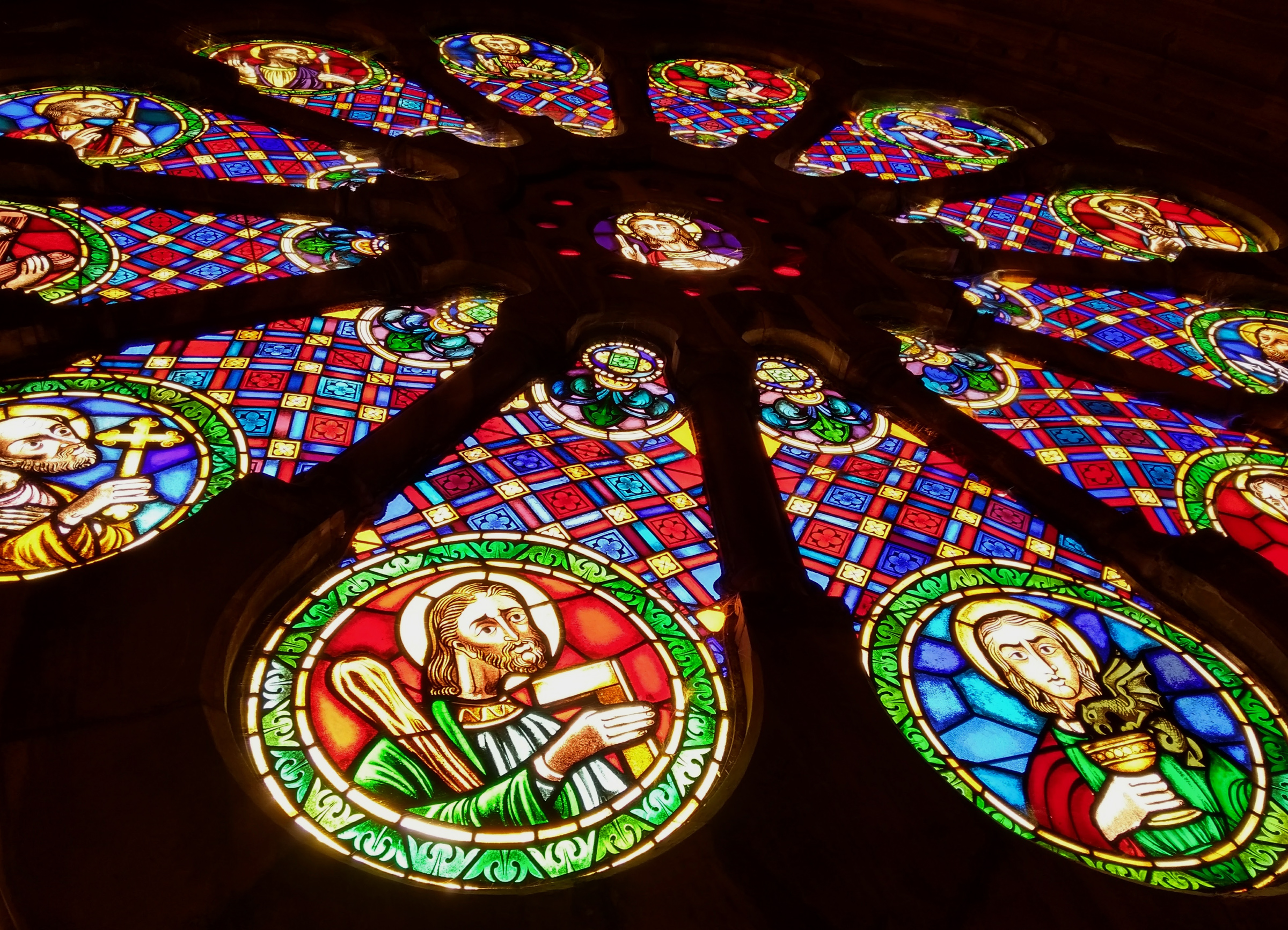
So given its obvious importance, why wasn’t the cathedral included in the Catholic Heritage guide? Actually it was in a previous version… then things changed. The building used to be open to the public, free of charge, only requiring a ticket to explore the cloister & the sacristy. But as Lisbon grew more popular & big bus groups clogged every centimeter of this rather intimate building, I soon found the cathedral difficult to appreciate or enjoy. Mass tourism at its worst.
Then during Christmas 2024, Rafa & I went to see their famous Nativity scene but were harshly turned away… unless we each paid the 5€ entrance fee. Every organization has the right to run things the way they see fit; however, charging for a Christmas tradition seems extreme in my opinion. On the other hand, crowds have diminished since the entrance fee was put into effect, so perhaps I can return this description in a future edition. But for now, enjoy this brief guided tour free of charge!